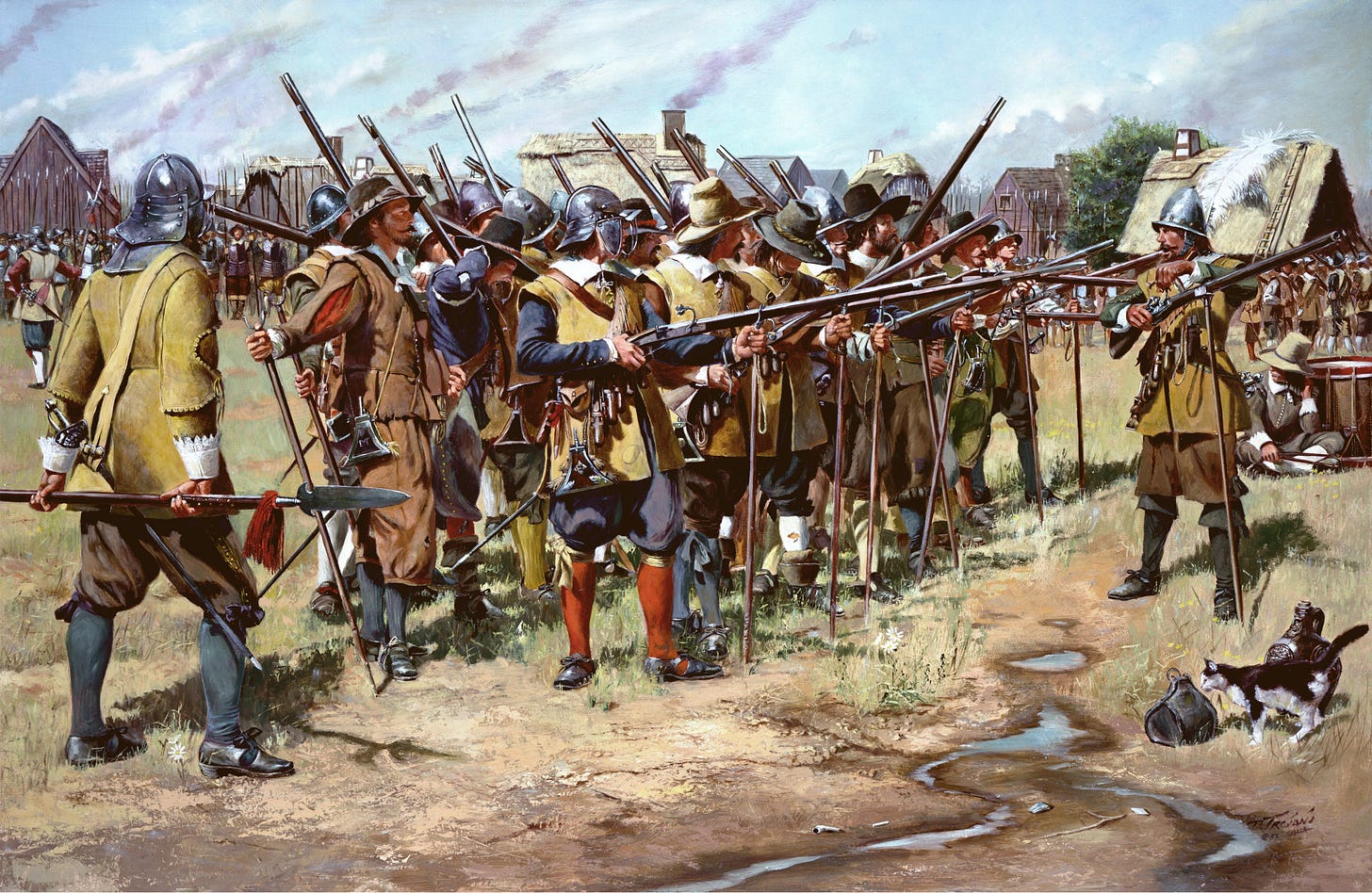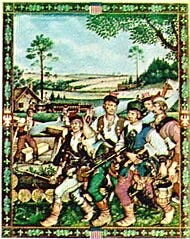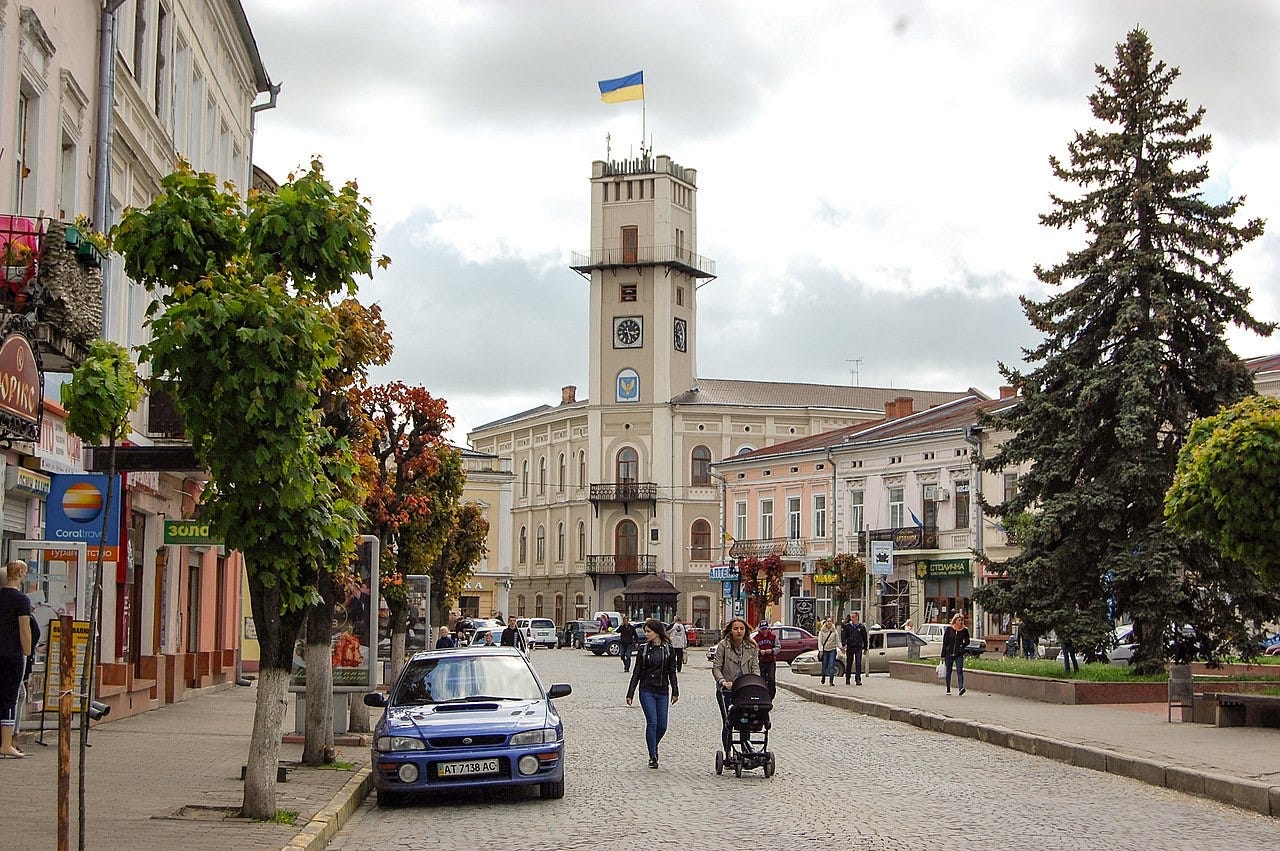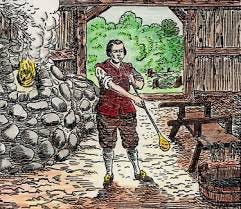Ivan Bohdan: The First Ukrainian-American

Who was Ivan Bohdan?
Before the great waves of Ukrainian immigration to the United States in the 19th and 20th centuries, a man named Ivan Bohdan may have quietly made history as the first Ukrainian-American. Though largely forgotten in mainstream accounts, his story represents one of the earliest threads connecting the future United States with the people of Eastern Europe.
In October 1608, a ship named the Mary Margaret arrived in the struggling Jamestown Colony of Virginia. Among the passengers was a group of highly skilled continental craftsmen recruited by Captain John Smith. These men were described as Poles, but one among them, Ivan Bohdan, a pitch-maker from Kolomyia in Red Ruthenia (modern-day western Ukraine) is believed to have been Ruthenian, a term historically applied to Ukrainians and Belarusians living under the Polish-Lithuanian Commonwealth. It is important to note that his name was not necessarily Polish in nature, in comparison with other Polish settlers to Jamestown, including Michal Lowicki, Jan Mata, Stanislaw Sadowski, and Zbigniew Stefanski.
Although his name can be easily transliterated to Polish as Jan Bogdan, it is more likely, based on his surname, that he was of Ruthenian descent (Ukrainian: Іван Богдан). Though listed in colonial records as "Polish" (a political identity at the time), Bohdan was likely an Eastern Slavic speaker from a region with a predominantly Orthodox and Greek Catholic population. Kolomyia, his reputed hometown, sat at a cultural crossroads where Ukrainian identity was emerging through language, faith, and tradition. Just a few decades after Bohdan departed from Ruthenia, the town of Kolomyia would be at the forefront of the Khmelnytskyi Uprising and the Pokuttia Uprising, key events that would begin to shape Ukrainian national identity as a separate entity.
The first labor strike in America
Once in Jamestown, Bohdan and his fellow craftsmen immediately set to work producing pitch, tar, glass, and soap ash, critical materials for shipbuilding and trade. Their contributions helped establish the colony’s first industrial efforts and played a vital role in ensuring its economic survival. These materials were not only used locally but also exported back to England, making the artisans key figures in the transatlantic economy of Jamestown in the early 1600s.
Bohdan’s significance extended beyond his technical skills. In 1619, when the House of Burgesses formed as the first representative assembly in English America, the continental craftsmen were initially denied voting rights. In response, Bohdan and others went on strike, refusing to work unless they were granted the same rights as English settlers.
Their protest worked.
The colonial leadership, recognizing the economic importance of their labor, granted them the rights of Englishmen, making this one of the earliest examples of political negotiation and labor activism in American history.

A Forgotten Pioneer and Veteran
No personal writings from Ivan Bohdan survive, and English colonial records offer only brief, utilitarian mentions of his presence. Yet his name lives on in the memory of Ukrainian-American heritage groups and historical reconstructions. While much of his life still remains shrouded in mystery, his legacy stands at the intersection of American and Ukrainian history. He also holds importance to Ukrainian-American veterans, as while living in Jamestown Colony, he, as a male, would have had to have served in the militia, making him the first Ukrainian-American veteran.
Though the term "Ukrainian" did not yet exist in the national sense, Bohdan’s Ruthenian identity, his origin in Kolomyia, and his role in early American civic life make a compelling case for recognizing him as the first Ukrainian-American.
Ivan Bohdan's story is a powerful reminder that the history of the United States has always been broader than the traditional Anglo-centric narrative. His journey from the borderlands of Eastern Europe to the marshes of Virginia represents not just a physical voyage, but a symbolic one bridging continents, cultures, and centuries. In honoring him, we acknowledge the deep and diverse roots of the American experience and the Ukrainian people’s early and meaningful place within it. This is just another example of the “melting pot” that the future United States would become.




